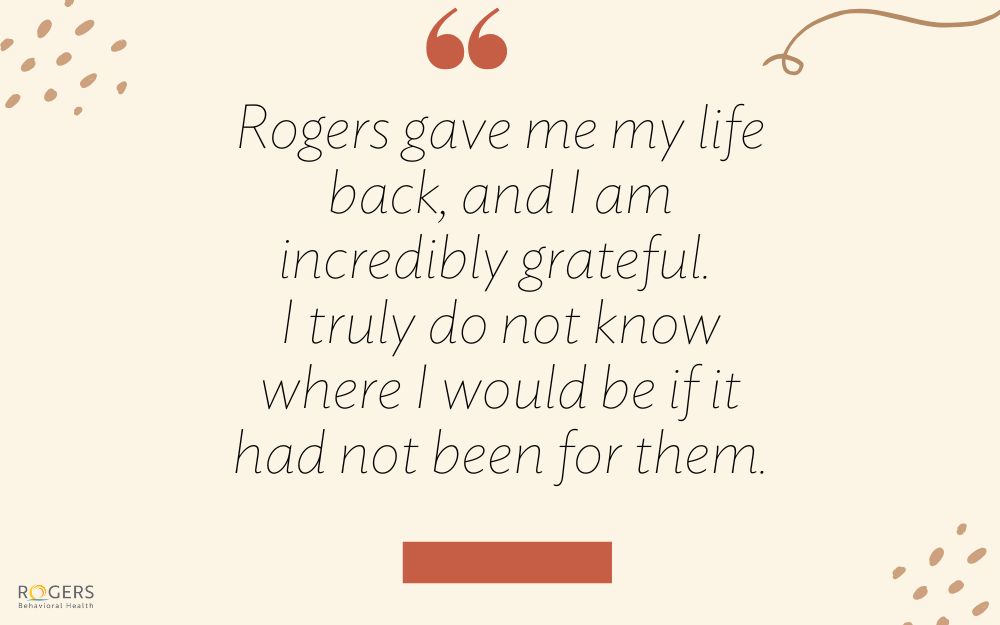
Anxiety Facts
What are anxiety disorders?
Much more extreme than common anxiety experienced in daily life, anxiety disorders cause persistent, intense fears about real or perceived threats. When a person has an anxiety disorder, these feelings will cause behavior changes to the point of disrupting regular functioning. If left untreated, anxiety disorders can worsen over time.
Anxiety symptoms
Common symptoms of anxiety disorder include:
- Worrying more than other people about more than one area of life such as personal finances, job security, or the health and well-being of family members
- Having difficulty controlling worry and performing necessary tasks at work, home, or school
- Having more difficulty than most people with social situations such as talking and interacting with others either in person or by phone
- Avoiding social situations because of concern over doing or saying something embarrassing or being rejected. Examples include avoiding speaking in front of others, job interviews, or asking for assistance.
- Recurrent episodes of intense fear and physical symptoms that seemingly happen for no apparent reason or occur out of the blue. Symptoms include an increase in heart rate, chest tightness, dizziness, stomach upset, feeling hot or cold, or tingling in your hands or feet.
Common types of anxiety disorders
- Generalized anxiety disorder: The unrealistic and excessive worry about multiple life areas
- Panic disorder: When a person has repeated, unexpected panic attacks—sudden rushes of intense fear including a racing heart, sweating or shaking; dizziness or nausea; hot or cold sensations; feeling of choking; and feelings of unreality.
- Separation anxiety disorder: Difficulty being away from someone, typically a child from parents
- Social anxiety disorder: Fear and avoidance of social situations
- Selective mutism: Remaining silent in situations where speaking is encouraged
What causes anxiety disorder and who’s at risk?
It is not known what causes anxiety disorders, however they may be the result of a complex set of risk factors, including genetics, brain chemistry, personality, and life events.
How common are anxiety disorders?
- Nearly 31% of adults will have an anxiety disorder within their lifetime.
- Generalized anxiety disorder affects 6.8 million adults, with women twice as likely to be affected than men.
- Panic disorder affects 6 million adults with women twice as likely to be affected than men.
- Social anxiety disorder affects 15 million adults and is equally common among men and women, and typically begins around age 13.
- PTSD affects 7.7 million adults with women more likely to be affected than men.
Anxiety treatment
There are levels of care for treating anxiety including inpatient care, residential care, and specialized outpatient treatment, such as partial hospitalization (PHP) and intensive outpatient treatment (IOP) programs.
The types of therapy used in treatment for anxiety include:
- Cognitive behavioral therapy (CBT), emphasizing exposure-based treatments
- Medication management, as needed
Rogers uses an evidence-based treatment model for all patients with methods that have been proven to provide relief for a patient’s symptoms.
We want to help
Contact us to request a free confidential screening and learn more.
Call 800-767-4411



